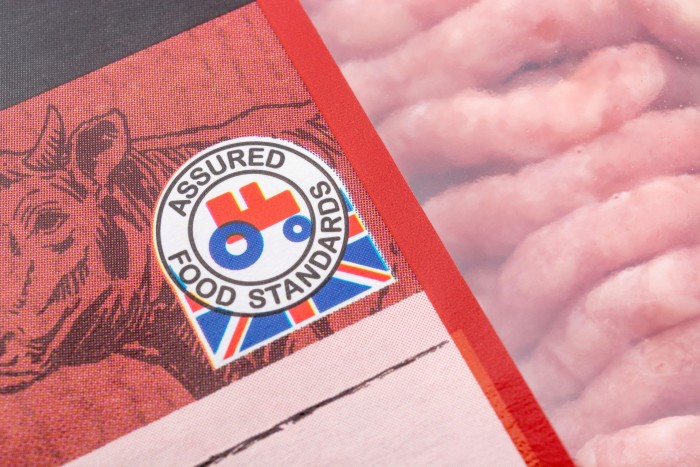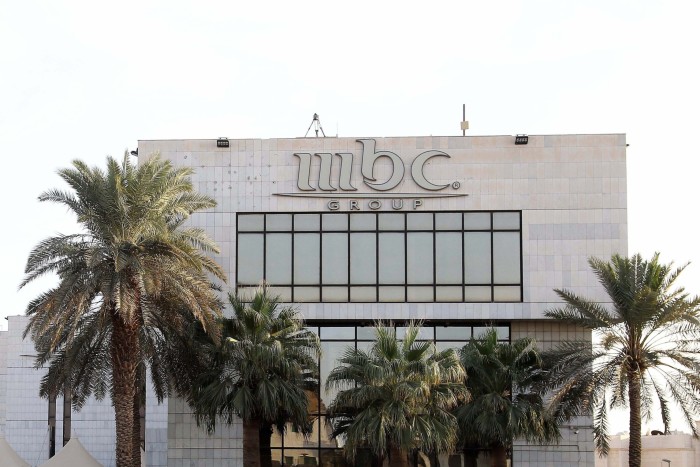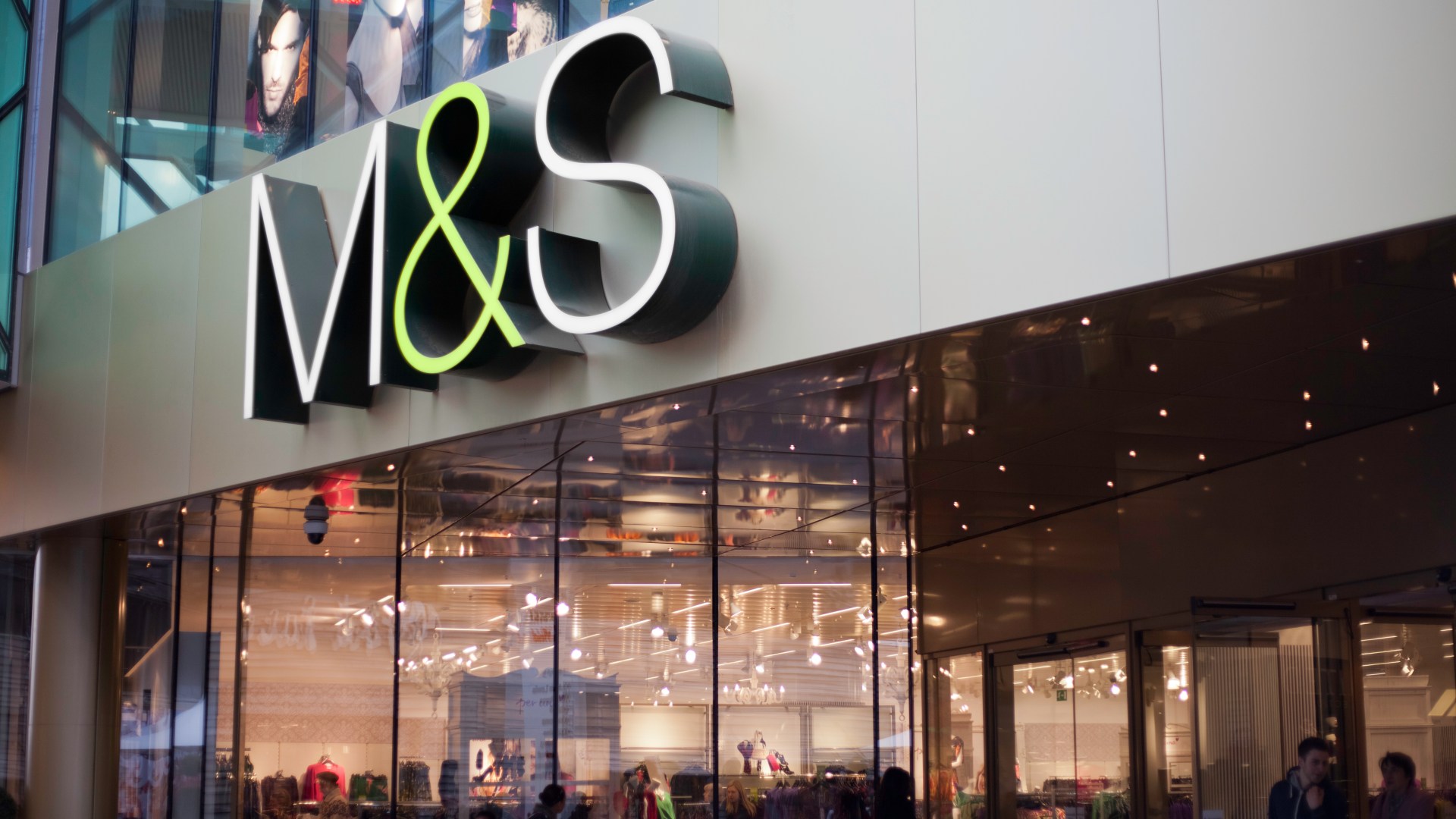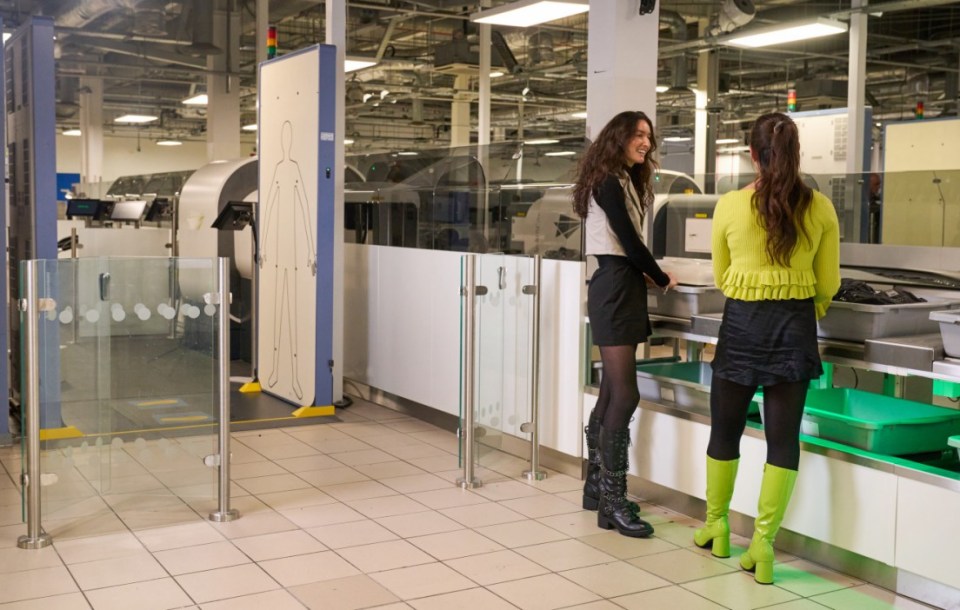Only 2.3 per cent of all animal welfare breaches in the UK are being prosecuted, reflecting an over-reliance on industry-led assurance schemes and wider enforcement failures.
One in three farming inspections identifies breaches of animal welfare standards, such as routine tail docking in pigs and lameness in dairy cows, but only a fraction of these cases are prosecuted, according to a report by the think-tank the Social Market Foundation.
The UK is seen as a world leader in animal welfare standards; however the report found that thousands of cases of animal suffering are going unnoticed.
“The government has a duty of care towards the animals slaughtered for human consumption, yet there is a concerning lack of surveillance and an apparent reluctance to enforce existing laws,” said Abigail Penny, executive director of the charity Animal Equality UK.
“The current system risks allowing the animal farming industries to essentially self-regulate, undermining standards that should and must be upheld,” she added.
In the UK welfare enforcement is split between local authorities and the Animal and Plant Health Agency (APHA). Just 3 per cent of farms undergo welfare inspections by the state, while the rest are inspected by industry-led schemes every 12 to 18 months.
Real-term funding for English councils has dropped 18 per cent since 2010, according to the Institute for Fiscal Studies, leading councils to make their own cuts. Farm inspection rates have been one of the casualties.
Industry-led assurance schemes such as Red Tractor are failing to take action when breaches are discovered, the SMF report found. A lack of publicly available data on inspections and outcomes meanwhile has made it difficult to hold the farming industry to account.

Red Tractor, which certifies approximately 80 per cent of all UK farm production, was established by the food and farming industry in 2000 to restore trust in British food following outbreaks of mad cow and foot-and-mouth disease.
“We like to think of ourselves as a nation of animal lovers, yet the casualness with which we enforce welfare rules on farms undermines that perception,” said Aveek Bhattacharya, research director of the Social Market Foundation.
“With responsibility for enforcement split between central government and cash-strapped councils, it has been easy to neglect,” he added.
The report sets out recommendations including centralising welfare enforcement with APHA, and ensuring detailed data on inspections, non-compliance rates and enforcement actions are published regularly.
It also suggests that enforcement agencies should be able to retain fines from penalty notices, as with speeding tickets.
APHA said: “We take breaches of animal welfare legislation very seriously and investigate every allegation that is reported to us. We will always take appropriate action where non-compliances with welfare regulations are disclosed.”
Dr James Russell, Red Tractor’s independent vet director said he was “disappointed” that the SMF did not engage with his organisation ahead of the report’s publication.
“Red Tractor always addresses evidence of non-compliance with our standards, and this data is on our website. These allegations also unjustly question the integrity of veterinarians approving farm health plans, a serious claim I refute on behalf of my colleagues.”





























































































































































You must be logged in to post a comment Login